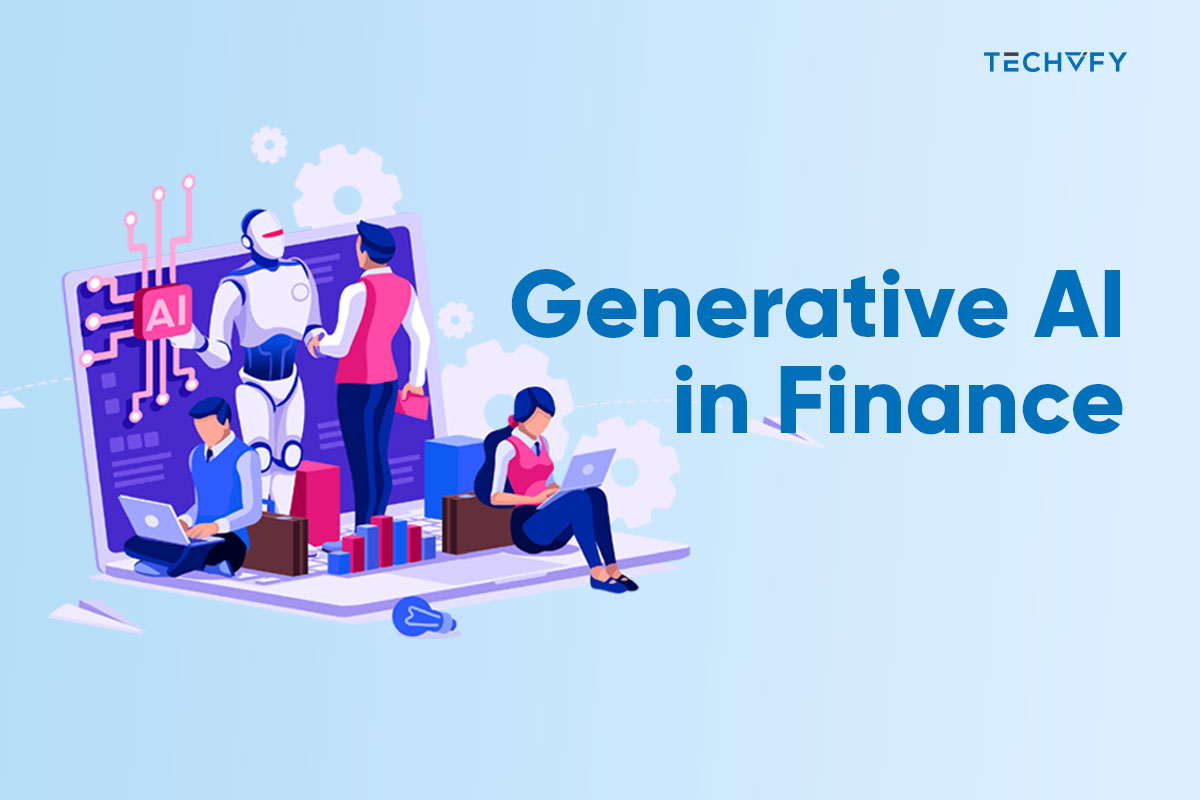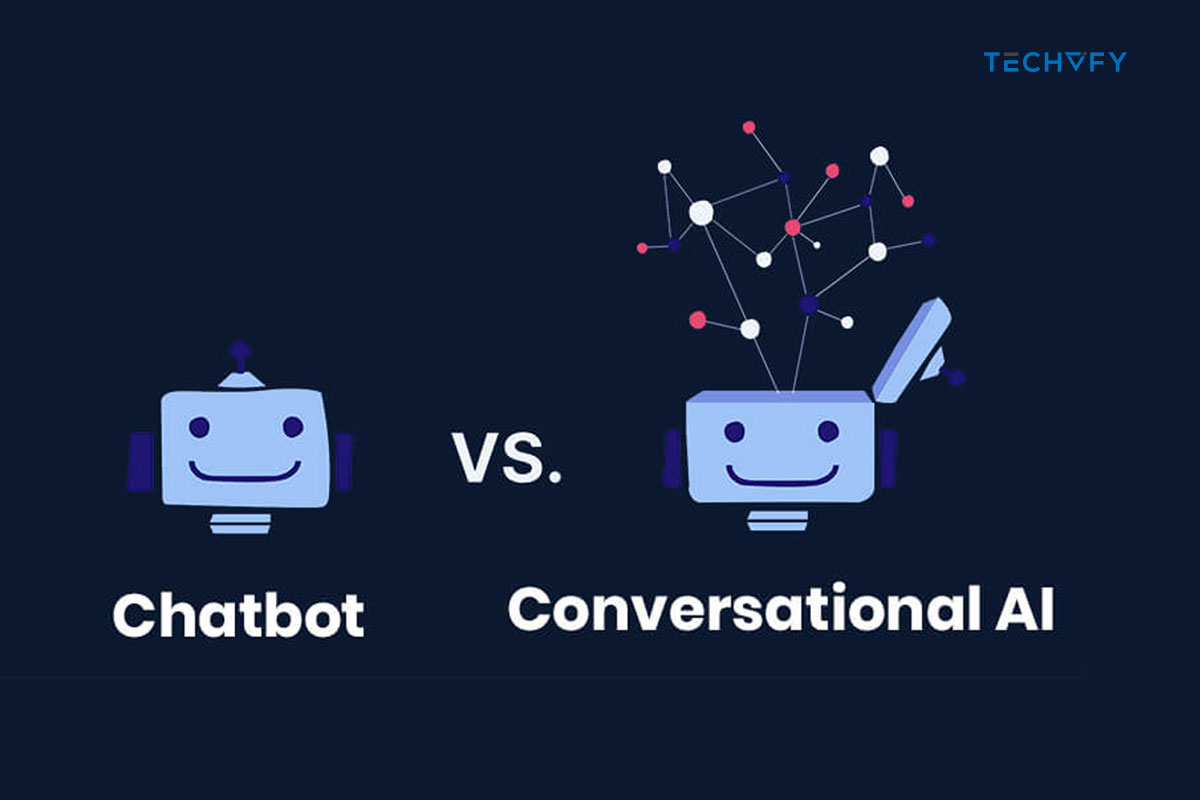Top Generative AI Tools to Enhance Your Productivity
- TECHVIFY Team
- 0 Comments
Unlock the potential of Generative AI tools: from convenience to necessity for professionals in a dynamic landscape. Explore principles, varieties, and top technologies reshaping markets and user experiences. Let’s start with the fundamentals: comprehending the principles behind innovative AI generative tools, the varieties, and the top technologies on the market.
I. What are Generative AI Tools?
Generative AI tools are pieces of software or systems that use artificial intelligence approaches, namely generative models, to generate new content that is typically very creative and unique. These tools aim to produce various sorts of media, such as text, photos, audio, and even video, without strictly adhering to pre-defined templates or patterns. They are capable of creating content that is diverse, inventive, and, in some cases, indistinguishable from human-created content.
The foundation of all these tools is machine learning models that learn patterns from existing data and use these patterns to generate new data.
II. Unlock Creativity by Various Types of Generative AI
| Text Generation | Text generation AI technologies excel at crafting poems, scripts, computer code, and emails, among other textual content. This domain has a range of techniques within this domain, from traditional Recurrent Neural Networks (RNNs) to more advanced variants like LSTM and GRU, which can capture long-range dependencies. Cutting-edge models such as Transformer-based architectures like GPT and BERT have further elevated text generation, enabling context-aware and high-quality textual output. |
|---|---|
| Image Generation | AI technologies for image generation produce various visual content, including paintings, illustrations, and photographs. These models often employ Generative Adversarial Networks (GANs) and Variational Autoencoders (VAEs) to create visually appealing and novel images. |
| Music Generation | AI technologies in music generation can compose new music across diverse styles and genres, including melodies, harmonies, and entire songs. They utilize deep recurrent neural networks and reinforcement learning to create musical compositions rivaling human-generated music. |
| Video Generation | In video generation, AI technologies function as virtual directors, creating new video content such as movies, TV shows, animations, and segments of video games. These systems utilize complex neural network architectures and often require large datasets of video and audio to produce high-quality results. |
| Code Generation | AI tools for code generation assist users in generating code snippets or scripts in programming languages like Python, JavaScript, and more. They rely on techniques such as neural code generation models and code summarization to automate and optimize software development processes. |
| 3D Object Generation | For businesses seeking to create new 3D objects like furniture, vehicles, or architectural structures, generative AI offers innovative solutions. These technologies leverage 3D Generative Adversarial Networks (3D-GANs) and variational autoencoders (VAEs) to design and produce 3D objects with precision and creativity. |
III. How Generative AI Systems Work to Enhance Business Efficiency
Generative artificial intelligence works by identifying patterns and producing novel outputs based on these patterns using a variety of methodologies, such as neural networks and deep learning algorithms.
An exhaustive dataset containing a range of examples, including photos, text, audio, and videos, must be introduced as part of the training process for a generative model. The model then conducts a complex analysis of the patterns and connections in the input data, successfully uncovering the hidden principles underlying the content. The model uses a technique involving samples from previously learned probability distributions to produce new data. The process that this dynamic entity continually optimizes its parameters—a process known as “inference.” The model carefully adjusts its outputs to match the desired effect or correct anomalies throughout the inference phase. This repeated approach guarantees a gradual improvement in the production’s realism generated, creating a closer alignment with the user’s intended content.
Learn More On:
IV. The Most Popular Generative AI Tools Today
1. ChatGPT
ChatGPT, another notable tool, is designed for conversational interactions. Its key features encompass engaging dialogues and user assistance. The significant upside is its ability to hold meaningful conversations as a helpful virtual assistant for information retrieval and question answering. Nonetheless, occasional responses needing more coherence and sensitivity to input phrasing are cons to consider.

GPT-4 is an upgraded version of ChatGPT that addresses these limitations. It has a larger model size and is trained on a more diverse dataset, which allows it to retain context better and generate more accurate and unbiased content. GPT-4 has several new capabilities, such as understanding and responding to images and developing different creative text formats, such as poems, code, scripts, musical pieces, emails, and letters. However, its large model size and training data requirements make it a computationally expensive model.
ChatGPT is free to use for basic functionality. Yet, a premium membership known as ChatGPT Plus provides extra functionalities, including access to GPT-4, for a monthly fee of $20.
2. Cohere Generate
Contextual content generation is a forte of Cohere Generate, offering diverse writing styles and summarization. Its pros include coherent text creation and article generation. Yet, the output’s variability and the need for post-generation editing might impact precision.

The pricing structure for the tools varies based on usage. For learning and prototyping, it’s free. For production, the default pricing is $0.4 per 1 million tokens, while custom pricing is $0.8 per 1 million tokens.
3. Bard
Bard provides a variety of text-generating options for creative writing. Its features include the development of creative writing and numerous content types. It can help authors and content creators by inspiring various tasks. However, the output needs refinement, and potential narrative inconsistencies are aspects to consider.
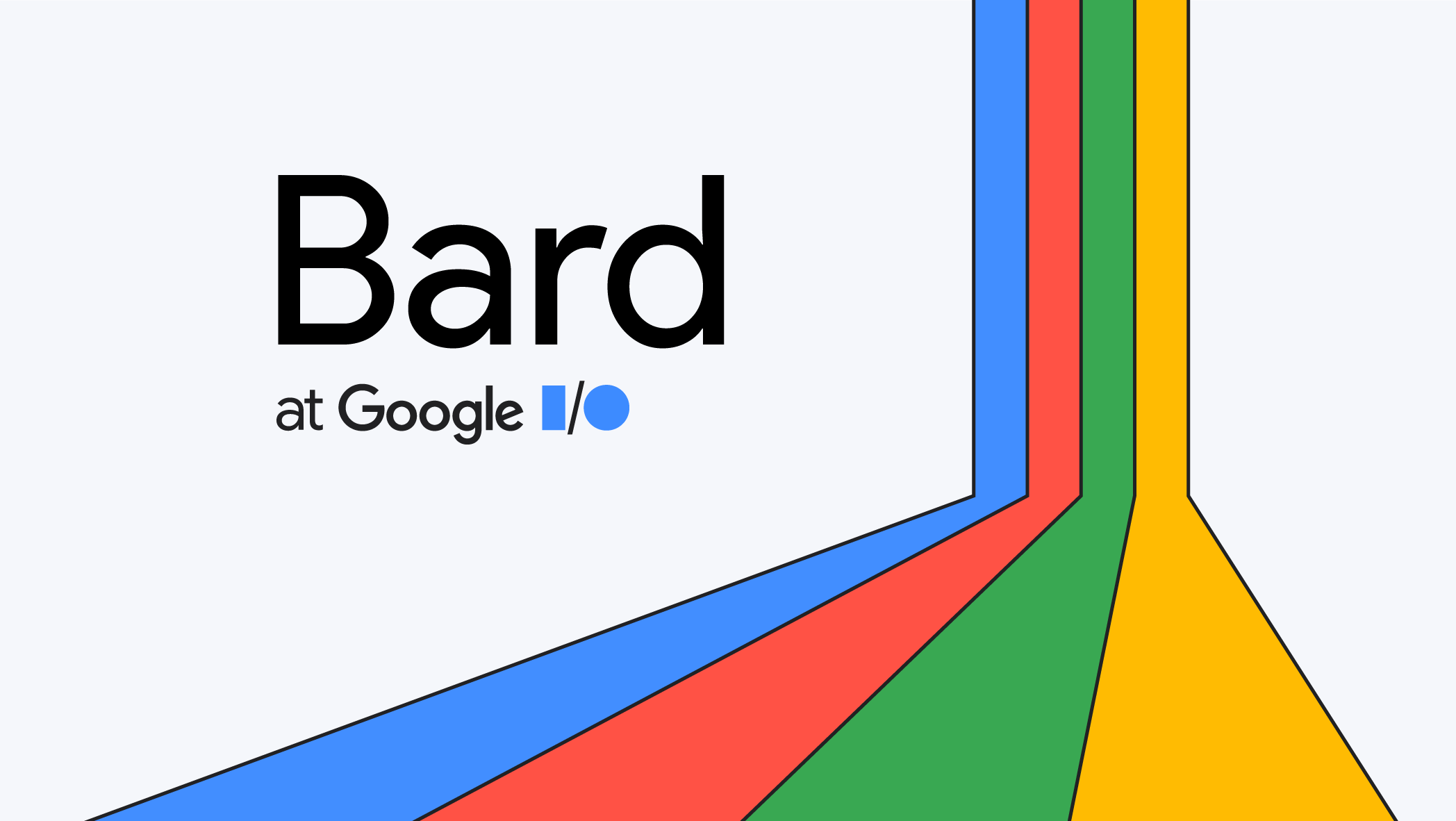
The tool is free, but its usage is limited to users meeting specific criteria.
4. AlphaCode
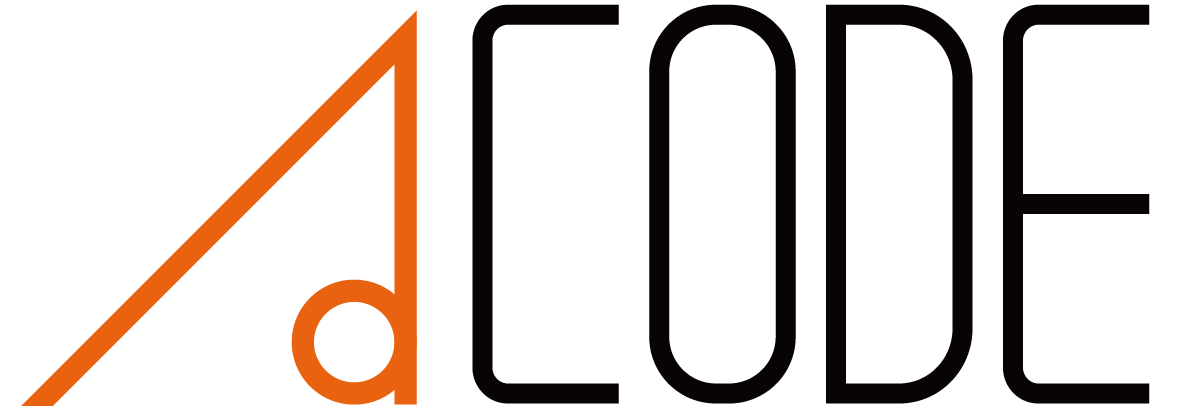
AlphaCode stands out for its code-generation features, which speed up the coding process by offering code ideas and detecting errors. The benefit is that it can increase developer productivity and eliminate errors, but the generated code may require further examination to ensure optimization and security.
The tool is available for free.
5. GitHub Copilot
GitHub Copilot is a collaborative effort that aids software development through real-time code suggestions. Its pros include speeding up code writing and debugging, with support for various programming languages. However, the tool’s reliance on automated recommendations raises concerns about adherence to best practices and potential oversights.
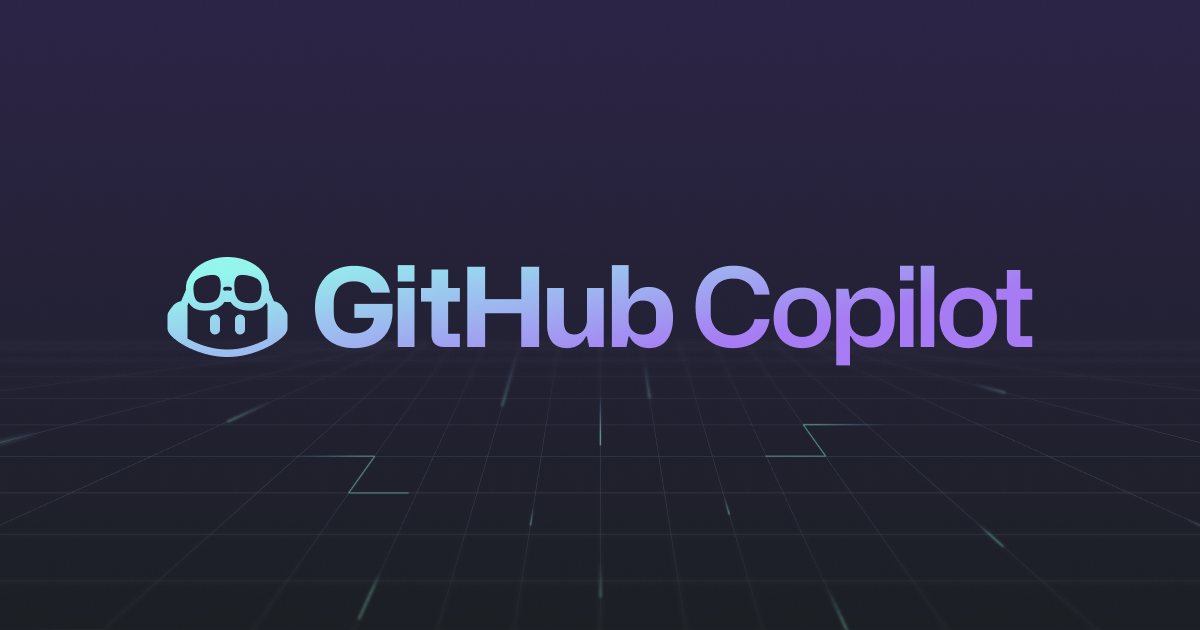
The pricing options are $10 per month or $100 annually.
6. DALL-E 2
For visual art, DALL-E 2 excels in image generation. Its imaginative visuals and surreal compositions cater to artistic expression. However, the complexity of scenes might lead to less coherent output and abstract visuals.
The price is 115 credits for 15 USD.
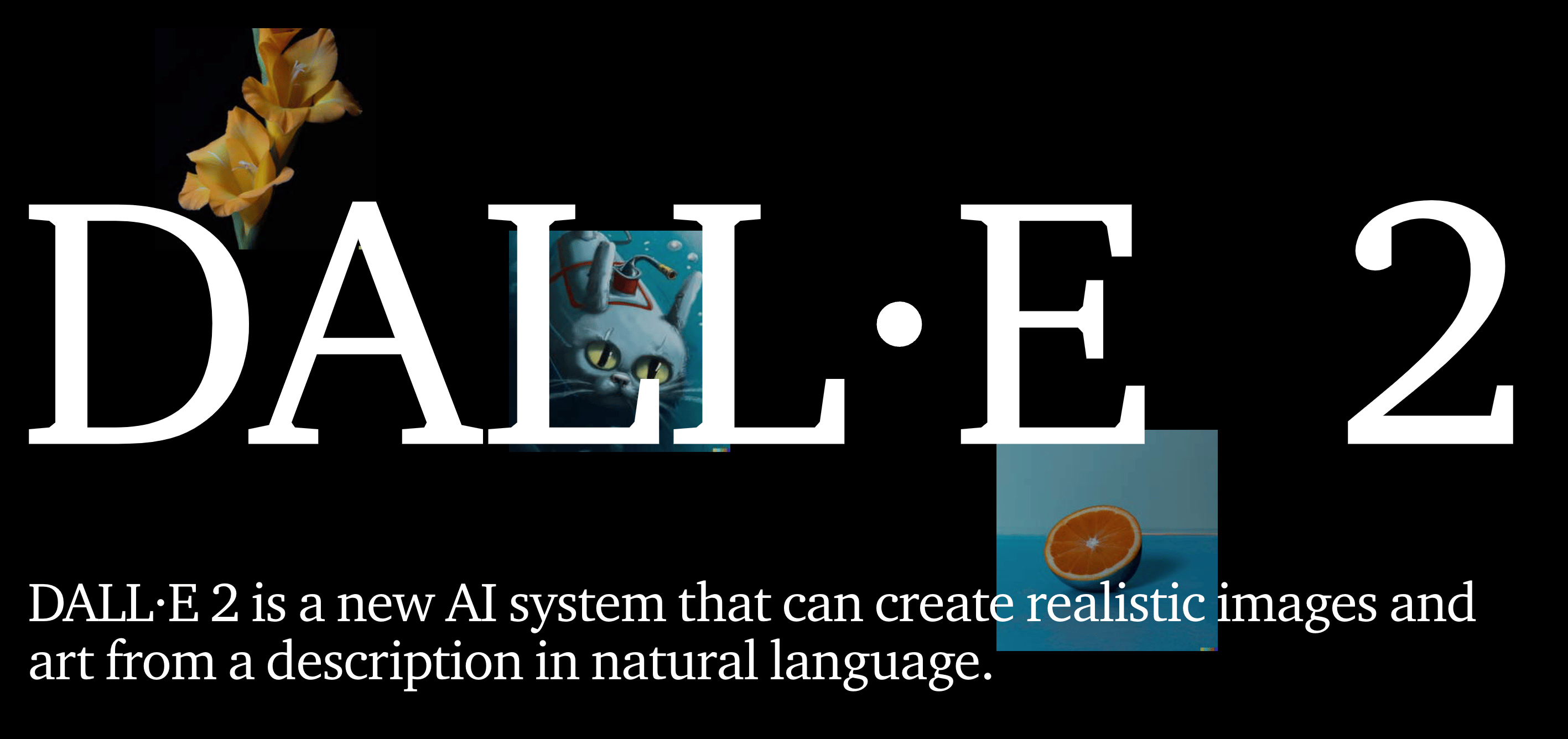
7. Synthesia
In the domain of video creation, Synthesia shines with AI-generated content and avatar animations. While the tool enables personalized video messaging and marketing, potential limitations in avatar animations’ naturalness and suitability for specific use cases warrant consideration.
The pricing for personal use is $30 per month, billed monthly or $360 annually. The pricing for enterprise usage depends on the number of seats used.
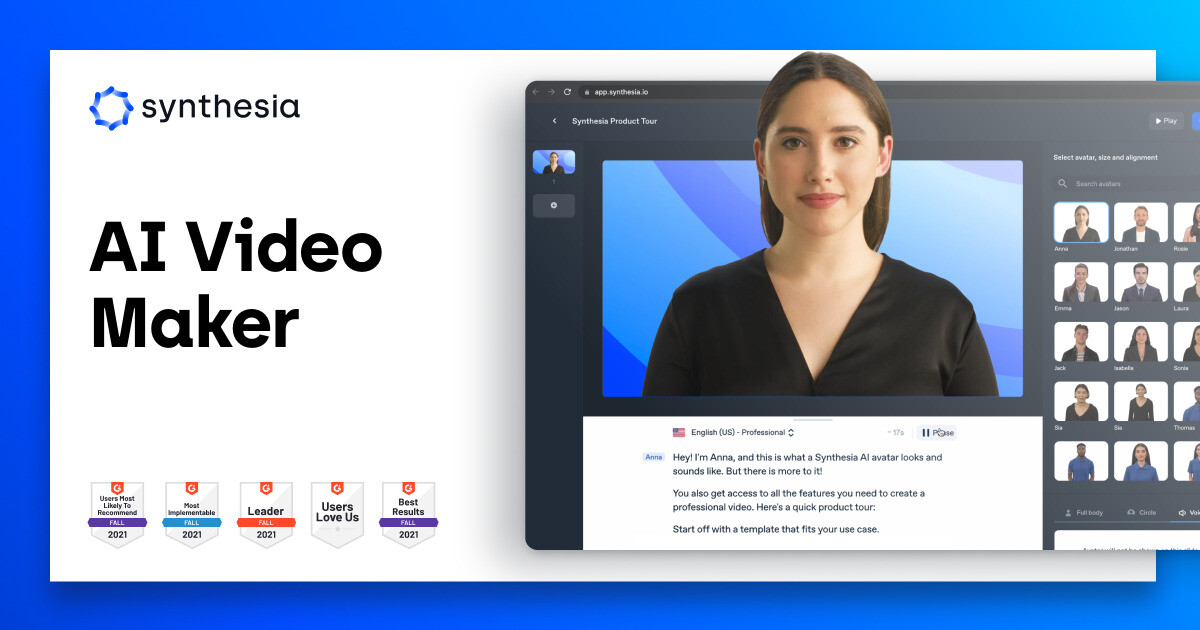
Conclusion
This article has covered generative AI solutions intended to enhance commercial capabilities. The cutting-edge solution, which includes a variety of media like text, images, coding, and videos, reinvents the art of content creation. While the combination of features and advantages has been emphasized, it is equally important to carefully analyze pricing structures to ensure they perfectly align with your strategic business objectives.
TECHVIFY offers end-to-end services to global customers in AI technology, particularly with extensive experience deploying numerous Generative AI projects alongside top-notch specialists. We are committed to providing businesses with seamlessly integrated AI services within their existing systems and processes, adhering to ISO 9001:2015 standards for quality. With our 100% English-proficient experts, your company will receive first-rate service while lowering costs.
Please feel free to contact us for a free consultation: AI/ML development
TECHVIFY – Global AI & Software Solution Company
From Startups to Industry Leaders: TECHVIFY prioritizes results, not just deliverables. Accelerate your time to market and see ROI early with high-performing teams, AI (including GenAI) Software Solutions, and ODC (Offshore Development Center) services.
- Email: [email protected]
- Phone: (+84)24.77762.666




